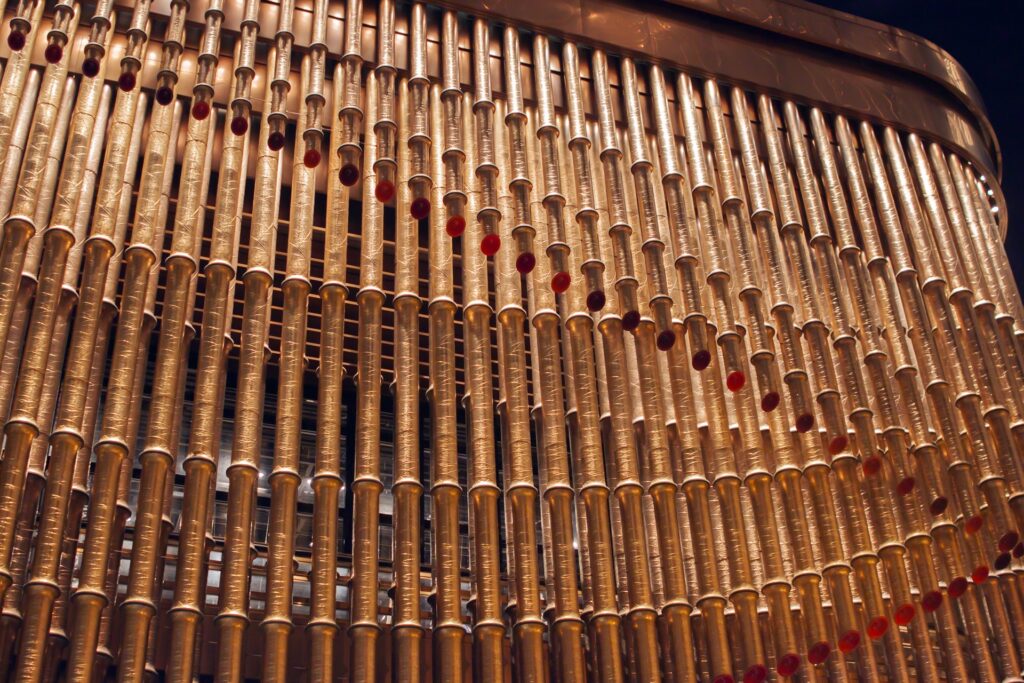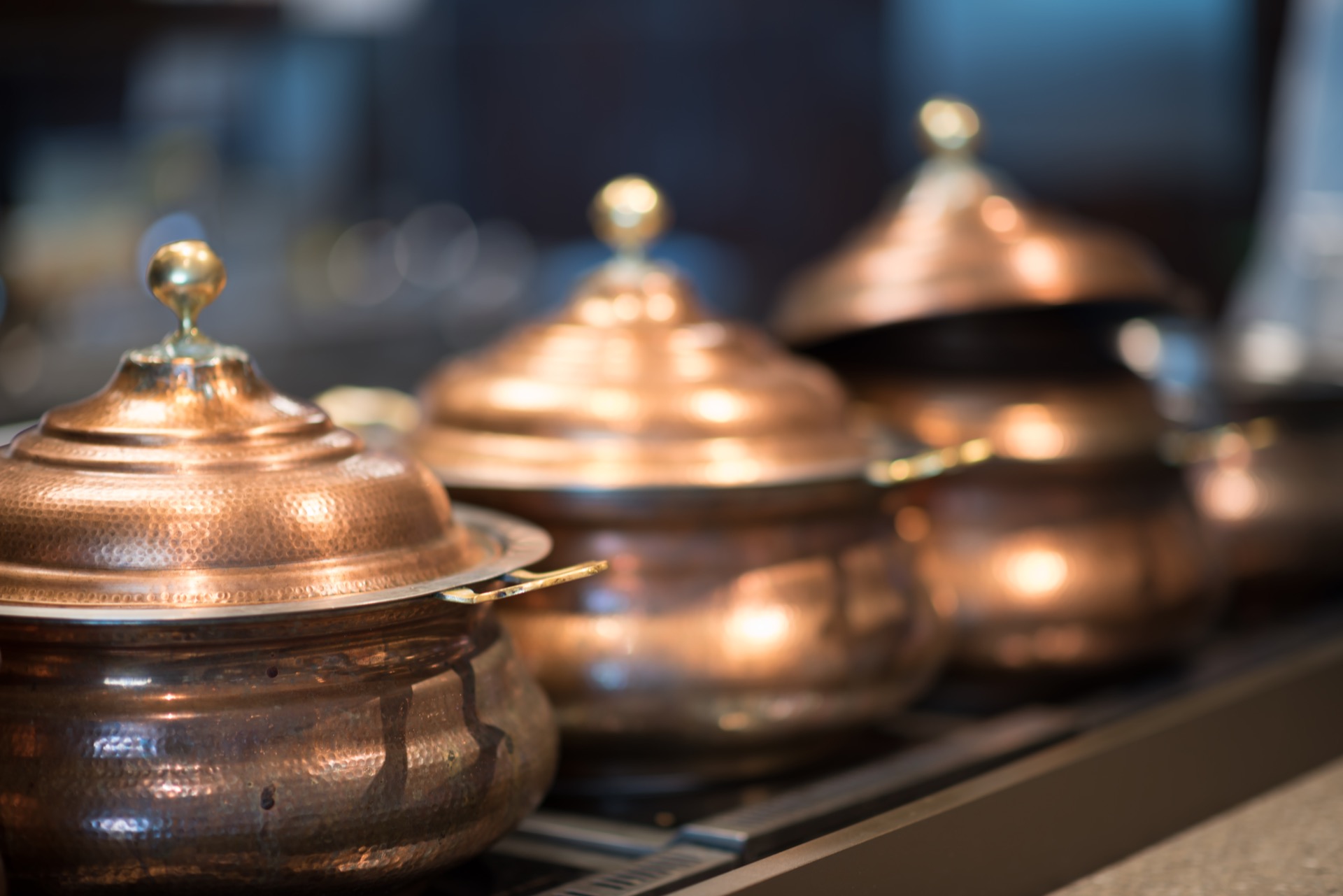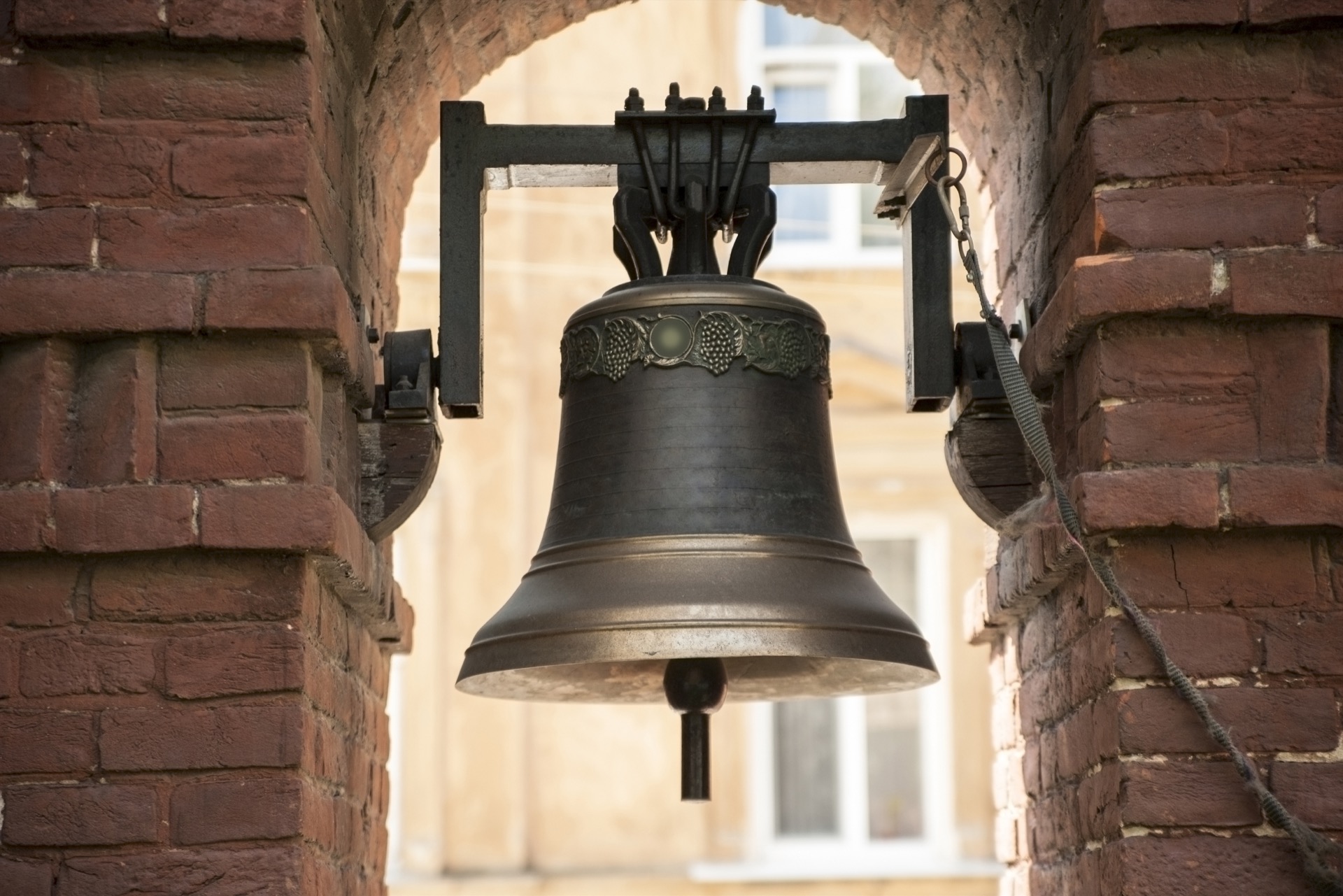Bronze has been around for literal ages and is one of the most common alloys made today. One of the interesting facts about bronze is that it’s made up of copper and tin, with tin accounting for roughly 12% of the alloy. Bronze made today, however, may substitute tin for other metals like aluminum, manganese, and zinc.
Here are some more tidbits about bronze that may surprise you.
Interesting Facts About Bronze: How Bronze Defined an Era of History
Way back when, using metal wasn’t overly common until the world’s first alloy was discovered that a new era kicked off for humanity. This was the Bronze Age, named after, of course, the discovery of said alloy: bronze. Two different types of bronze alloy emerged known as “classic bronze” (which contained 10% tin and was used in casting) and “mild bronze” (about 6% tin and was hammered into sheets from ingots).
Each of these two types of bronze had specific uses and was better for some applications more than others. For instance, armour and helmets were made of mild bronze for better durability.
Ancient Egyptians used it for a variety of purposes including weapons and instruments. Other civilizations would also adopt the material like the Greeks as well. Only once the potential of iron was discovered that the Bronze Age ended and the Iron age began although bronze was still used.
Surprising Properties of Bronze
Bronze has a plethora of useful properties which makes it ideal for a variety of applications. Because bronze is made from copper and tin typically it’s not a magnetic material. It also has low friction when moving against other metals which makes it particularly handy for production lines.
Bronze will form an oxide layer when exposed to oxygen, but only the outside which shields it from rusting. In fact, bronze is remarkably resistant to rust overall.
Bronze Uses in Instruments
One of the most useful properties in bronze is its sonorous quality. This makes it perfect for instruments that are designed to be loud. Many large bells are made from bronze for this reason to be heard from far away.
Cymbals are also typically made from bronze. Nowadays, they will also contain other metals like brass and nickel silver. The bronze metal adds additional durability to them in addition to producing the timbre we all know.
Why and How Bronze is Still Used
Although no longer used for armour and weaponry of long ago, because of its anti-rust properties and durability as a metal it’s still widely used today.
One of the most common applications of bronze is its use in medals to signify third place. This wasn’t always the case though. Until 1904, only first and second place were commonly awarded in events. The 1904 Olympic Games in St. Louis, Missouri marked the first use of a third-place acknowledgement and the use of bronze medals in events which then was carried on to other events and soon enough was counted on every podium for events.
Bronze is also frequently used in many times of coinage, again for its durability and resistance to rust. Although it’s more commonly used in pennies in the U.S. today—much of Canada’s coinage use zinc or steel.
As a metal, it’s also frequently used in plumbing and fixtures for both its aesthetic appeal and its durability.
Overall, bronze is still an excellent material that continues to be refined into a better and better alloy. It offers a wide range of applications and defined a large portion of history with its discovery. Bronze still is an important, useful material today and may even be used in other surprising and helpful ways in the future.


